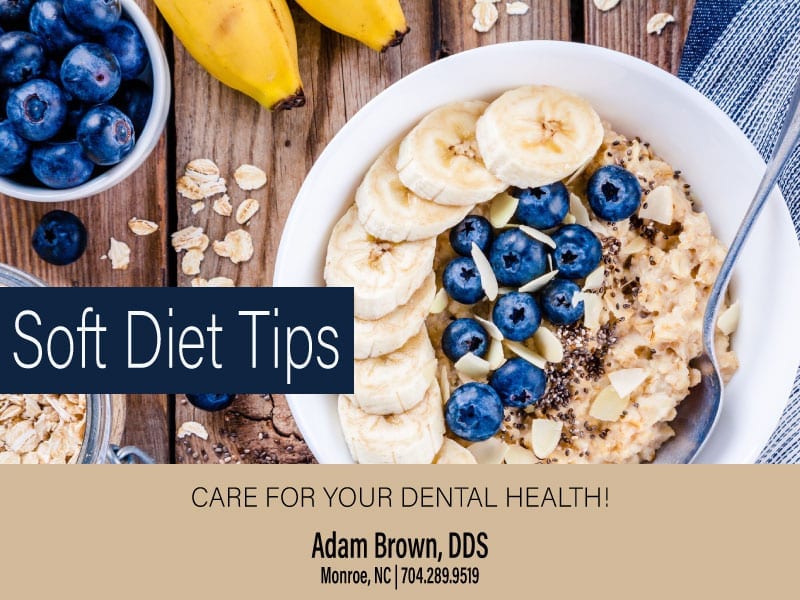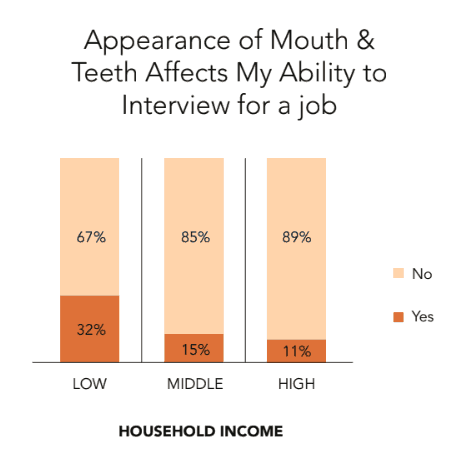Teeth As Tools: How Our Teeth Have Been Used Throughout History
Our teeth perform so many important functions throughout our life and on a daily basis. On a basic level, we use our teeth to talk, chew, digest food, and properly fill out our cheeks and lips to form our face shape. Without knowing it, you have probably used your teeth as tools in a multitude of ways. Whether you’re opening a bag of snacks by ripping open the seal with your teeth, cutting meat with your teeth, or holding bobby pins as you fix your hair, our teeth are one of the most important tools on our body.
While many of the ways that we use our teeth as tools aren’t particularly healthy for our teeth, and constantly put our teeth at the risk of damage, typically, a healthy tooth will not chip or break during normal function.
Now imagine a time and place where there were no electric toothbrushes, mouthwash, or even dental floss, and suddenly your teeth are one of the most important tools you possess. If teeth have less enamel, decay, or gum disease, they are more likely to chip, shift, or become loose, resulting in eventual tooth loss.
How have humans used their teeth throughout their history when they possibly weren’t as strong and healthy? What did it mean for humans to use their teeth as tools?
Early Ancestors: Teeth as Tools

Much of what we know about the life and diet of ancient humans is due to finding their teeth! Archaeologists find dozens to hundreds of teeth for every skeleton or skull. Why do our teeth survive at such high numbers? Our teeth are covered by enamel, which is 97 percent mineral, making our teeth stronger and more easily preserved than the rest of our bones. From the shape of the tooth to the thickness of the enamel, scientists can understand the evolution of humans, how our ancestors lived, what they ate, or even what diseases they had. Variations in teeth are a great way for scientists to classify early human species. As humans migrated across the globe, so did their diets; we know this because human teeth developed thicker enamel to eat other animals, seeds, nuts, and roots.
Looking back to Neanderthal teeth, scientists have hypothesized that they use their teeth as a tool, possibly gripping and clamping with their front teeth as they prepped animal hides for clothing and shelter.
What’s clear is that our teeth have evolved to serve us in similar ways as our ancestors. Like our ancestors, we use our teeth to access food or drink. Our teeth can still tell us a lot about our day-to-day life and culture as well!
Early tools to clean teeth
As far as we know, the earliest toothbrush dates back to around 3000BC, where Babylonians and Egyptians configured a toothbrush from frayed twigs. Fast forward a bit to 1600 BC, and we have the Chinese using aromatic twigs from trees as “chew sticks” to freshen their breath.
Some of the earliest tools to clean teeth were made from animal bone. For a stretch of history, and even today in certain parts of the world, coarse animal hair, such as hair from cows, was used to form the bristle on toothbrushes.
Did people in the past constantly have rotted teeth, cavities, and gum disease? Despite a lack of teeth brushing among ancient people, most people did not suffer from dental problems. There are a few explanations:
• The food being eaten was natural, unprocessed, and pure, containing nutrients and vitamins that strengthened teeth against bacteria
• Ancient diets were filled with fibrous foods, where the fiber acted as a brush against the teeth to filter away plaque and food
• Earlier diets lack sugary foods and acidic soda, two of the main detriments of modern diets
• Before cigarettes, humans didn’t smoke, and thus didn’t experience the harmful side effects of smoking on the teeth and human health
About 10,000 years ago at the dawn of the Neolithic period, our ancestors began farming, our teeth began to experience more decay, and dentistry emerged. As recent as the last decade, archaeologists found teeth that had been scraped and even drilled to possibly remove decayed tissue. With the onset of farming came carbohydrate-rich grains and starches. Some oral bacteria actually convert carbohydrates into enamel-destroying acids. There is evidence in numerous cultures across the world at various time periods where people combated decay by hand-drilling small holes into the teeth and scraping with different tools. At this point, you’re probably extremely thankful for the profound progress dentistry has made, even in the last century!
Cosmetic dentistry throughout history
It’s hard to pinpoint when improving the appearance of teeth became more fashionable rather than undergoing treatment to improve teeth function, but we know for sure that it has taken off in the past few years. Patients can now receive whitening treatments, veneers, and dental implants, all of which are cutting-edge procedures for a brighter, whiter smile! But cosmetic dentistry isn’t anything new—it goes back ancient times, where we know people developed tools to clean their teeth as early as 3000BC.
We’ve also been fixing our teeth since prehistoric times. Around 700 BC, there is evidence that Etruscans made dentures with ivory and bone, or constructed dentures from human or animal teeth. This practice lasted all the way up until the 1800s!
In 200 AD, the Etruscans also were using gold to create dental crowns and bridges, although it’s unknown whether this was for a dental treatment or for a fashion statement. The Ancient Egyptians used pumice stone and vinegar to create a toothpaste, and they hammered seashells into their gums as replacements for their teeth.
The 1700’s led to human teeth being used more commonly as dental implants, but our bodies tend to reject other humans’ teeth. In the late 1770’s, the first porcelain dentures were made, and they became extremely popular in the 19th century. By the early 20th century, dentists had switched to plastics and acrylics for dentures.
One of the most famous representations of cosmetic dentistry that comes to mind is that of the United States of America’s first president, George Washington. The legend surrounding Washington’s teeth was that they were made entirely of wood. But, in fact, they were actually made of animal bone!
How do our teeth become damaged from using them as tools in the present day and age?
Well, consider this: when we speak, our teeth are naturally separated during normal speech, and when we eat, food separates our teeth as we chew. When we use our teeth as tools, say to rip open a package or grind into tough foods, our teeth make contact, and suffer damage.
If your tooth has a filling or crown, using your teeth as tools they’re not intended for can pull out the filling or cause the crown to fall off. To those of you constantly holding bobby pins with your teeth to fix hair, bobby pins can actually pop off porcelain veneers on your teeth!
What does this have to do with our ancestors? Well, history repeats itself! We’re prone to using our strong, capable teeth as tools. Although we use our teeth as tools on a daily basis to eat, speak, and chew, improper use can lead to cracking and fracturing your teeth.
However progressive our dental care and habits are, we can truly damage our teeth. In comparison to the pain of damaging your teeth and the price of dental work, recognizing and changing our bad habits is better for our teeth and our wallets.
What if I already damaged my teeth?
You’re not alone if you didn’t know that using your teeth in certain, commonplace ways was damaging. What you should know, is that early treatment is always less extensive and less expensive. If a tooth suffers from minor cracks or chips, your dentist can easily repair them with a filling. If left untreated, these minor chips and cracks make the tooth weaker and more likely to break further, possibly chipping away at enamel and leaving the tooth exposed to bacteria.
Basically, the sooner you act with damaged teeth, the better for your wallet, your comfort, and the overall health of your teeth! Set up an appointment with Carolina Dental Choice to be proactive with your smile.


 Step 2) The implant is uncovered and the dentist attaches an extension, called a post, to the implant. The gum tissue is allowed to heal around the post. Some implants require a second surgical procedure in which a post is attached to connect the replacement teeth. With other implants, the implant and post are a single unit placed in the mouth during the initial surgery. Once healed, the implant and post can serve as the foundation for the new tooth.
Step 2) The implant is uncovered and the dentist attaches an extension, called a post, to the implant. The gum tissue is allowed to heal around the post. Some implants require a second surgical procedure in which a post is attached to connect the replacement teeth. With other implants, the implant and post are a single unit placed in the mouth during the initial surgery. Once healed, the implant and post can serve as the foundation for the new tooth.


